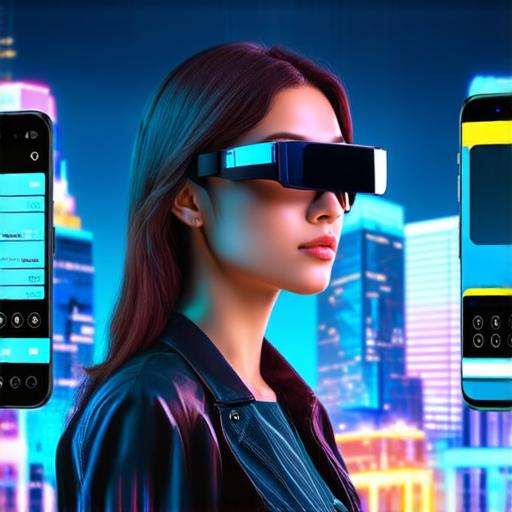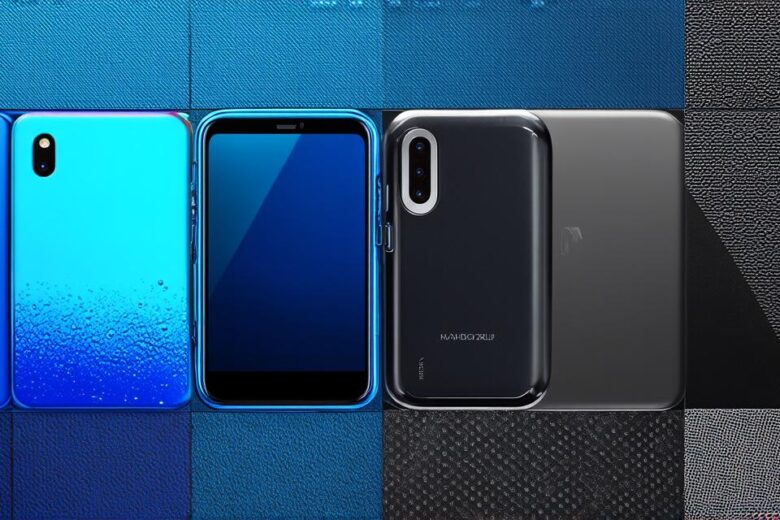In recent years, augmented reality (AR) has been making waves in various industries, from gaming to healthcare.
Introduction: What is Augmented Reality?

AR technology allows users to see digital objects in the real world, often through the use of smartphones or tablets. It combines computer-generated images with real-time data from sensors, such as accelerometers and cameras, to create a seamless integration between the virtual and physical worlds. AR has already found applications in fields such as gaming, education, and retail, but its potential goes beyond these sectors.
AR in Gaming: A New Way of Experiencing Games
One of the most well-known applications of AR is in gaming. Games that use AR technology offer a more immersive experience, allowing players to interact with virtual objects in real-time.
AR in Education: Enhancing Learning with Interactive Content
AR technology is also being used in education to enhance the learning experience. For example, AR apps can be used to create interactive textbooks or virtual field trips. By overlaying digital content onto real-world objects, AR can make learning more engaging and memorable.
AR in Retail: A New Way of Shopping
AR is also being used in the retail industry to create a new way of shopping. By using AR apps or smart mirrors, customers can try on clothes virtually, explore product features in 3D, and even see how furniture would look in their own homes.
AR in Healthcare: Improving Patient Outcomes with Virtual Tools
AR technology is also being used in healthcare to improve patient outcomes. For example, AR-guided surgery allows doctors to visualize the surgical site in real-time, making it easier to perform complex procedures with precision. Additionally, AR apps can be used for remote patient monitoring and rehabilitation exercises.
AR in Healthcare: Improving Patient Outcomes with Virtual Tools
AR technology is also being used in healthcare to improve patient outcomes. For example, AR-guided surgery allows doctors to visualize the surgical site in real-time, making it easier to perform complex procedures with precision. Additionally, AR apps can be used for remote patient monitoring and rehabilitation exercises.
Case Study: IKEA’s AR Room Planner App
One example of how AR is being used in retail is IKEA’s AR Room Planner app. The app allows users to visualize how furniture would look in their own homes before making a purchase. By overlaying digital images onto the real world, the app makes it easier for customers to make informed decisions about their purchases and reduces the likelihood of returns. The app has been downloaded millions of times and has helped IKEA increase sales and customer satisfaction rates.
Potential Benefits and Challenges of AR Technology
While AR technology offers many potential benefits, there are also challenges that must be considered. One of the main challenges is the cost of development and maintenance, as well as the need for specialized equipment. Additionally, privacy concerns may arise if personal information is being overlaid onto the real world.
